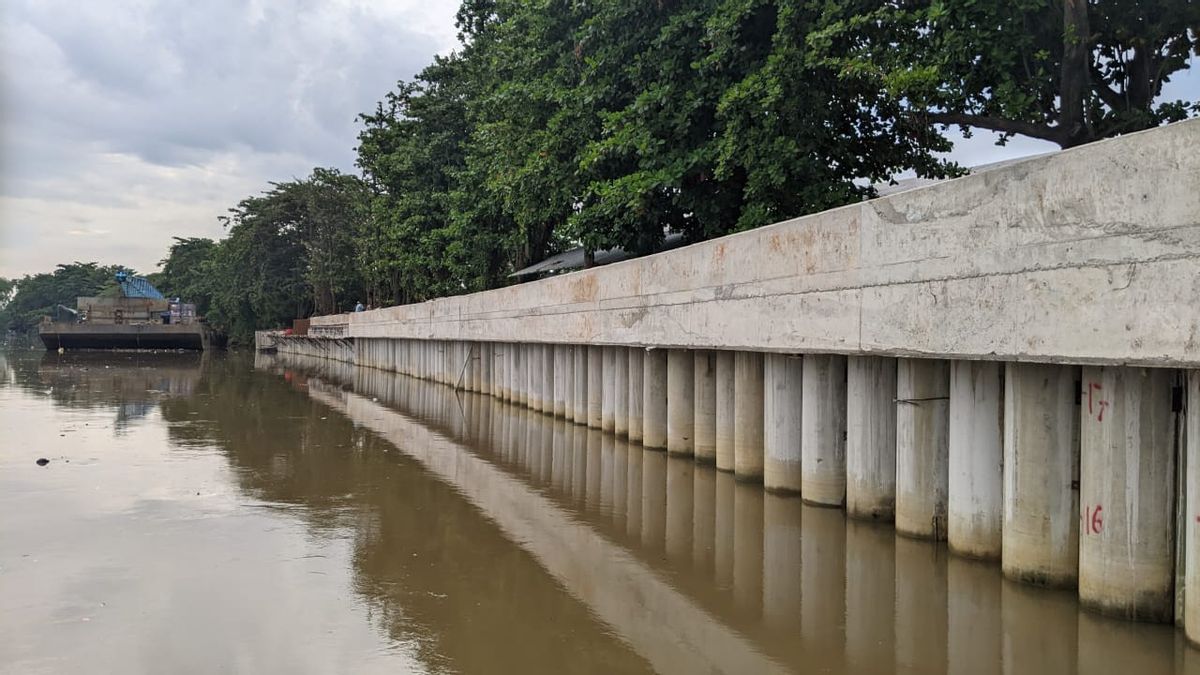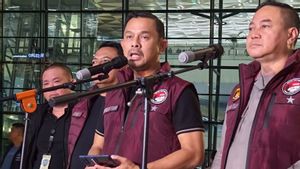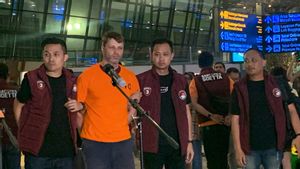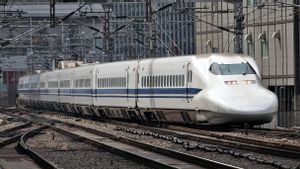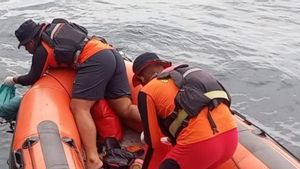JAKARTA - President Joko Widodo highlighted the giant sea wall construction project on the coast of Jakarta in the National Capital Integrated Coastal Development (NCICD) project, which continues to be delayed.
According to Jokowi, the construction of the embankment under the name Giant Sea Wall must be continued immediately to reduce the impact of Jakarta's floods, especially tidal flooding.
This was conveyed by Jokowi after inaugurating the Ciawi Dam and Sukamahi Dam in Bogor Regency, West Java.
"I think the sea water that enters the land has been carried out for a while. But in the long term, Giant Sea Wall must also be calculated and start immediately," said Jokowi, Friday, December 23.
Jakarta floods became one of the most highlighted problems when he inaugurated two dry dams today. Jokowi reminded the Acting Governor of DKI Jakarta Heru Budi Hartono to also intensify other flood control programs, namely the construction of sodetan and normalization of the Ciliwung River.
These programs have actually been planned for a long time. However, the process stalled for several years. Now, Heru is trying to accelerate the continuation of the development of the three programs.
"If the normalization of the 13 rivers in Jakarta is carried out, it will be very consistent. That's what I conveyed to the Governor of DKI so that it really continues," said Jokowi.
Meanwhile, in the construction of the Ciliwung Sodetan or giant culverts from Bidara Cina to the East Flood Canal (BKT), Jokowi hopes that the work can be completed in March 2023.
"Then the matter of sea water that enters the land, for the time being, I think the sea wall has been carried out. However, in the long term, the giant sea wall must also be calculated and start immediately," he said.
As is known, the Giant Sea Wall project in Jakarta Bay began to be laid on the first stone in October 2024. The giant embankment with a width of 32 kilometers was built with the aim of protecting the potential for tidal flooding.
The NCICD embankment construction project was carried out by the Ministry of PUPR and the DKI Provincial Government through the Water Resources Service by dividing the embankment trajectories according to their authority.
The English, Chinese, Japanese, Arabic, and French versions are automatically generated by the AI. So there may still be inaccuracies in translating, please always see Indonesian as our main language. (system supported by DigitalSiber.id)
